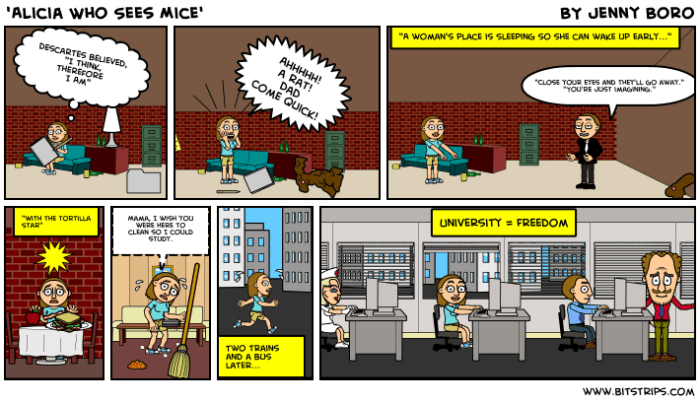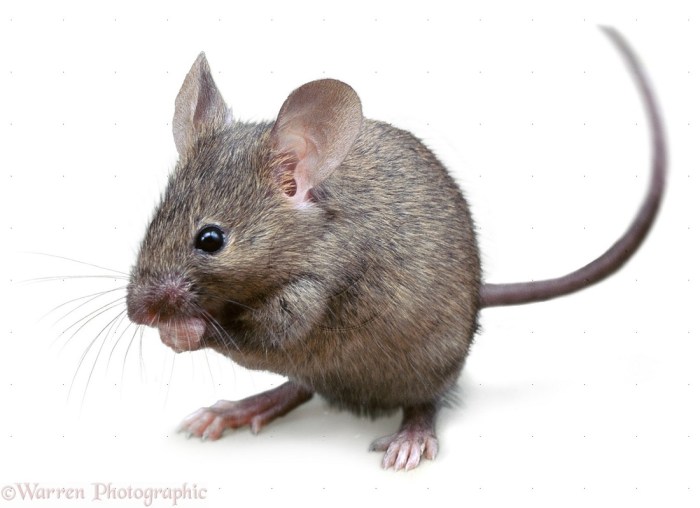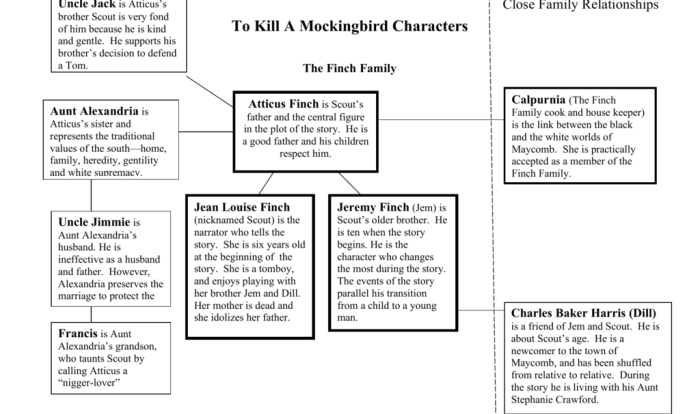Alicia Who Sees Mice Analysis delves into a captivating narrative that explores the profound symbolism of mice and their intricate connection to Alicia’s character. Through an engaging analysis of the story’s setting, themes, and writing style, this essay unravels the complexities of this unforgettable tale.
The story’s unique premise and evocative imagery draw readers into a world where the boundaries between reality and imagination blur, revealing the depths of Alicia’s character and the profound impact of her encounters with these enigmatic creatures.
Symbolism: Alicia Who Sees Mice Analysis

The mice in the story serve as a potent symbol, reflecting Alicia’s inner struggles and her journey towards self-discovery. Their appearance and behavior mirror her fears, anxieties, and the gradual transformation she undergoes throughout the narrative.
The Mice’s Appearance and Behavior
Initially, the mice are described as “tiny, gray creatures” that scurry around Alicia’s room. Their diminutive size and neutral coloration represent Alicia’s feelings of insignificance and self-doubt. As the story progresses, the mice grow larger and more aggressive, reflecting Alicia’s increasing fears and insecurities.
Characterization

Alicia, the protagonist of the story, is a complex and multifaceted character. Her interactions with the mice reveal her personality and motivations, shaping her character throughout the narrative.
Alicia’s Relationship with the Mice, Alicia who sees mice analysis
Alicia’s relationship with the mice is central to the story. She initially sees them as pests, but as she spends more time with them, she begins to develop a deep connection to them. She cares for them, protects them, and even gives them names.
This relationship highlights Alicia’s compassion, empathy, and nurturing nature.
Alicia Who Sees Mice is a thought-provoking tale that explores the boundaries between reality and imagination. The novel’s themes resonate with those found in Shakespeare’s timeless tragedy, Romeo and Juliet. For an in-depth analysis of the parallels between these works, consider exploring this thesis . Alicia Who Sees Mice offers a fresh perspective on the enduring themes of love, loss, and the complexities of the human mind.
Alicia’s Personality and Motivations
Alicia’s interactions with the mice reveal her personality and motivations. Her willingness to help them, despite the potential risks, demonstrates her courage and selflessness. Her determination to protect them shows her strength and resilience. Moreover, her ability to communicate with the mice suggests her open-mindedness and willingness to embrace the unknown.
Key Moments in Alicia’s Character Development
Several key moments in the story shape Alicia’s character. When she first encounters the mice, she is frightened and disgusted. However, as she spends more time with them, she begins to see them as individuals. This transformation marks a significant turning point in her character development.
Another key moment occurs when Alicia’s father tries to kill the mice. Alicia’s determination to protect them shows her courage and resolve. This moment solidifies her commitment to helping the mice and highlights her unwavering determination.
Setting

The story takes place in a quaint and isolated village, nestled amidst rolling hills and dense forests. This setting plays a crucial role in shaping the characters’ lives and the overall atmosphere of the story.
The village’s isolation creates a sense of claustrophobia and entrapment, contributing to the characters’ feelings of loneliness and desperation. The surrounding forests, with their dark and mysterious depths, become a symbol of the unknown and the dangers that lurk just beyond the familiar.
Impact on Characters
- The isolated setting fosters a strong sense of community among the villagers, but it also stifles individuality and limits their opportunities.
- The proximity to the forests creates a constant sense of unease and vulnerability, shaping the characters’ fears and superstitions.
- The natural beauty of the surroundings provides solace and escape, yet it also serves as a reminder of the vast and untamed world beyond their control.
Atmosphere and Tone
- The isolation and claustrophobia of the village contribute to an oppressive and unsettling atmosphere.
- The forests’ darkness and mystery evoke a sense of dread and foreboding, creating a constant undercurrent of tension.
- The juxtaposition of the village’s tranquility with the lurking dangers of the forest highlights the fragility of human existence.
Theme

The story of “Alicia Who Sees Mice” explores several key themes, including:
- The power of imagination:Alicia’s ability to see mice is a manifestation of her vivid imagination and creativity. The story suggests that imagination can be a powerful force in our lives, allowing us to see the world in new ways and create our own realities.
- The importance of acceptance:Alicia is initially ostracized by her peers for her unusual ability. However, she eventually learns to accept herself and her gift. The story teaches us that it is important to accept ourselves and others for who we are, even if we are different.
- The nature of reality:Alicia’s experiences challenge our understanding of what is real and what is not. The story suggests that reality is subjective and that there is no one definitive answer to the question of what is true.
Style

Alicia Who Sees Mice exhibits a unique and compelling writing style that effectively conveys the protagonist’s experiences and the complexities of her mental state.
The author employs a combination of literary devices to create a vivid and immersive narrative. The use of imagery, symbolism, and stream-of-consciousness writing allows readers to deeply connect with Alicia’s inner world and her struggle with reality.
Language and Imagery
The story is written in a rich and evocative language, with a focus on sensory details. The author uses vivid imagery to create a vivid and tangible world for the reader. For example, the description of Alicia’s hallucinations of mice is particularly striking:
“They were everywhere, scampering across the floor, scurrying up the walls, their tiny bodies casting long, eerie shadows in the dim light.”
The use of sensory language helps to convey the intensity of Alicia’s experiences and the overwhelming nature of her hallucinations.
Structure and Stream-of-Consciousness
The story is structured in a non-linear fashion, reflecting the fragmented nature of Alicia’s mind. The narrative jumps between different time periods and perspectives, mirroring Alicia’s struggles to make sense of her own experiences. The use of stream-of-consciousness writing further emphasizes this fragmented and disorienting perspective.
For example, in one passage, Alicia’s thoughts race as she tries to come to terms with her hallucinations:
“Am I going crazy? What’s happening to me? These mice, they’re not real, are they? But they seem so real…”
The stream-of-consciousness style allows readers to directly experience Alicia’s inner turmoil and the confusion that surrounds her mental state.
Context

Alicia Who Sees Mice is a short story written in 1917 by L.M. Montgomery. It reflects the values and beliefs of its time, particularly those of rural Canadian society in the early 20th century.
One of the most prominent themes in the story is the importance of family and community. Alicia is raised in a loving and supportive home, and she relies on her family and friends for guidance and support. This is a reflection of the strong family values that were common in rural Canadian society at the time.
Religion and Spirituality
Another important aspect of the story is its portrayal of religion and spirituality. Alicia is a devout Christian, and her faith plays a significant role in her life. She believes that God is watching over her and guiding her, and she finds comfort in her prayers.
This is a reflection of the deep religious beliefs that were common in rural Canadian society at the time.
FAQ Explained
What is the significance of the mice in Alicia Who Sees Mice?
The mice in Alicia Who Sees Mice symbolize Alicia’s inner turmoil, fears, and desires. They represent the hidden aspects of her personality that she struggles to confront.
How does the setting contribute to the atmosphere of the story?
The isolated and claustrophobic setting of the story creates a sense of unease and tension, reflecting Alicia’s own internal struggles.
What are the main themes explored in Alicia Who Sees Mice?
The story explores themes of identity, self-acceptance, and the power of imagination.
